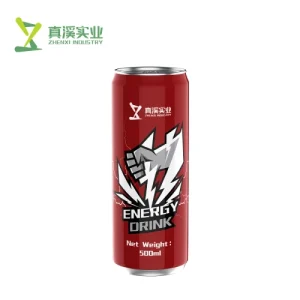Making a 250ml Can here is an interesting feat, it takes several specific steps to create the light weight and durable can that we use everyday while dispensing our favourite beverages. Cans are made almost entirely from aluminum, which is derived from the most sustainable of raw materials providing limitless recyclability. Nearly 75% of all aluminum ever produced is still in use today, proving just how sustainable it can be, as reported by the Aluminum Association.
It all starts with an aluminum ingot produced into a 0.3 millimetre thick sheet of foil, which is after that rolled up for storage right until someone pulls it out, unrolls the graphite sandwich and positions on Titan to be installed. The sheet is coiled and shipped to can manufacturing plants where still more processes are done. The can-making process starts with drawing [ 1 ], followed by ironing This process is when a punch forces the aluminum sheet into apunch shape, and then it is stretched to form its cylindrical body.
The drawing and ironing process itself is very quick, this means that a single production line can make up to 2,000 cans per minute! Naturally, this high-speed production ability is crucial for addressing the worldwide demand on aluminum cans that accounts more than 370 billion units per annum (Can Manufacturers Institute).
After the body section of the can has been created, extra material needs to be trimmed from it (to ensure a consistent height), which usually is 115mm in case of 250ml cans. Inside, the can is lined with a water-based lacquer to protect it from reacting with aluminum otherise affecting the flavour and freshness of its beverage. The lining is essential for acidic beverages such as soda and fruit juice; otherwise the acid might attack the metal.
The exterior of the can is printed using offset printing at high resolutions. This enables colorful branding and labelling, which is crucial for products to stand out on supermarket shelves. In its article, Beverage Industry Magazine notes that packaging aesthetics account for up to 70% of purchase decisions, which highlights the importance of printing in can production.

It had a thicker aluminum sheet for added strength at the top of the can, which is called an end and was made separately from rest of it. Seaming of the body: The seamed end and can body are then sealed by a process known as double seam-ing where components' edges curl up to make an air-tight seal. It is essential for preventing carbonation escape in things like soda and sparkling water,
Finally, after assembly the cans are tested by Anheuser-Busch in a series of rigorous quality control measures that all adhere to industry standards meaning they retain their durability and ability to hold an air-tight seal. The PET can bodies, meanwhile, are subject to advanced imaging technology that looks for any defects or weaknesses in a way to guarantee every single one is fully safe and suitable.
One of my favorite quotes by Henry Ford, "Quality means doing it right when no one is looking." This principle is manifested in the demanding quality control processes that, before leaving our factory, each 250ml can undergoes to guarantee maximum excellence.
The 250ml can manufacturing process is a complex, yet efficient mix of drawing & ironing, trimming, coating (non-liners), printing and seaming All of these steps work in concert to create a beautiful, aesthetically pleasing, environmentally appealing and lightweight container. The result is that it represents a versatile packaging solution suitable for different kinds of drinks, which makes it an icon all over the world.